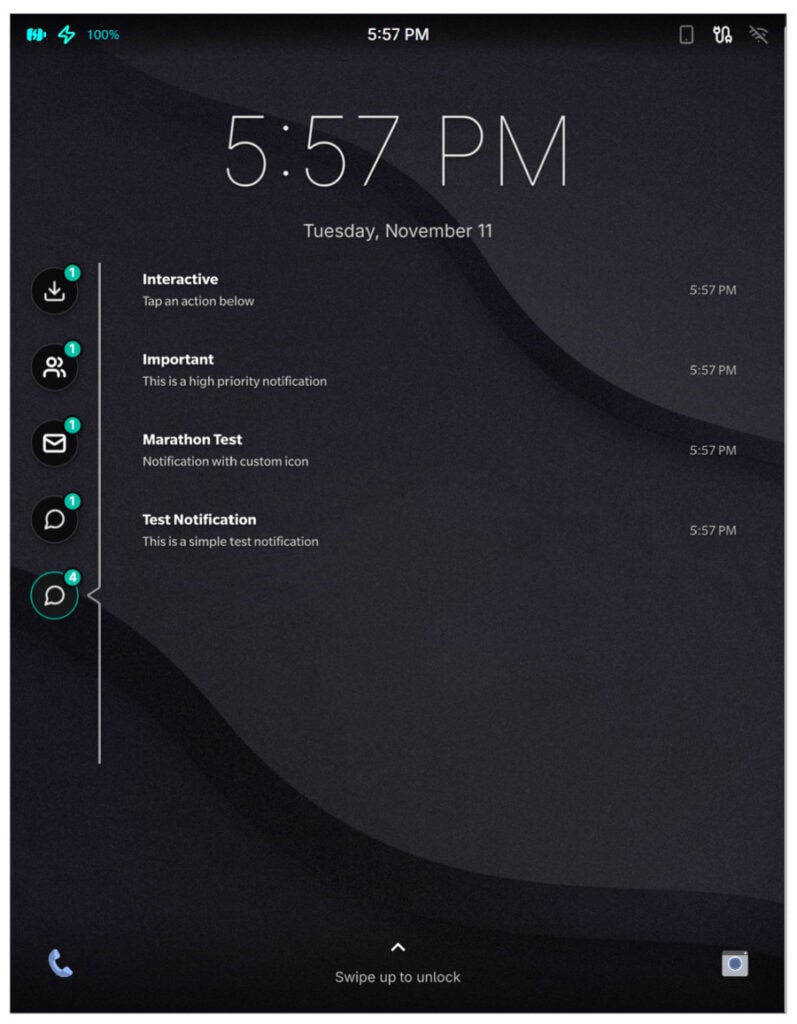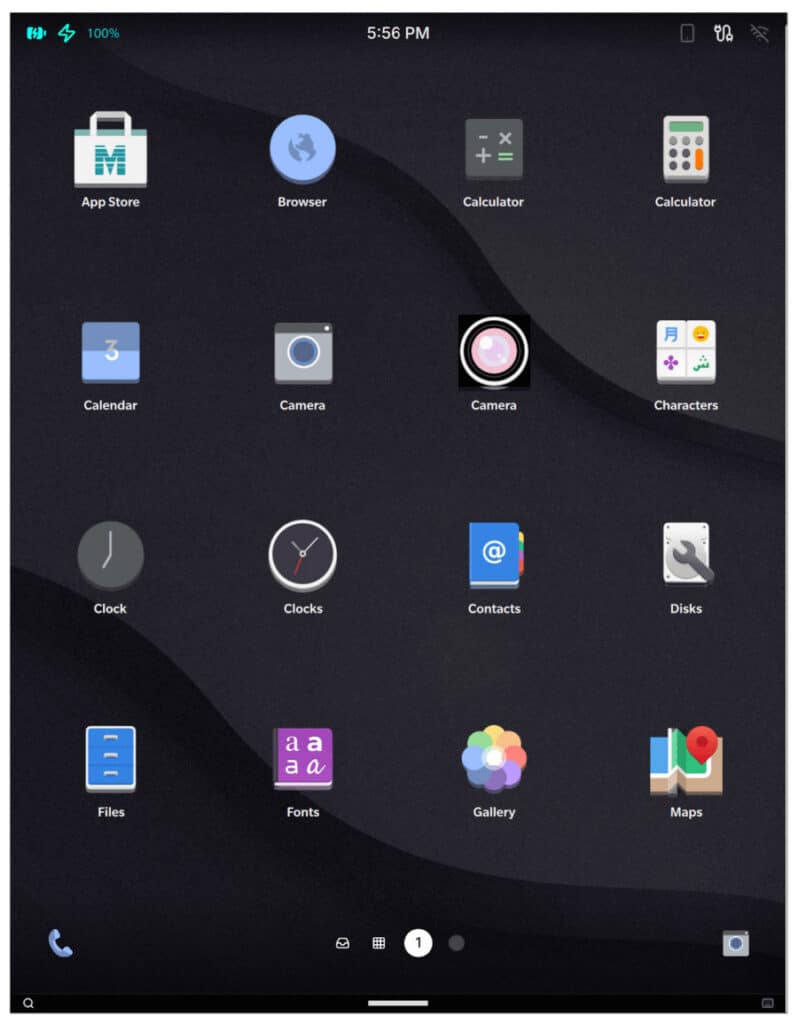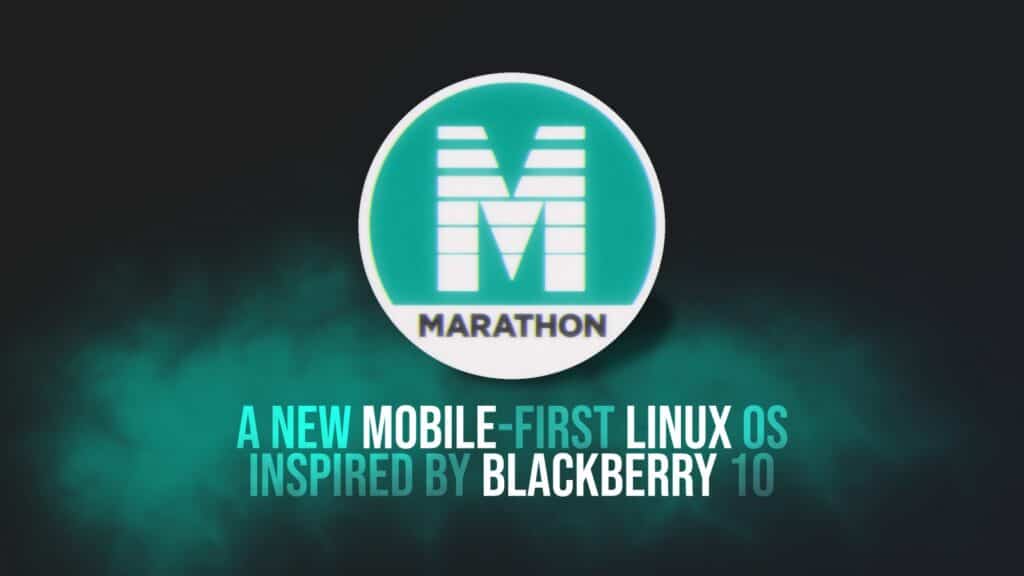Linux on mobile devices remains a niche effort in a world dominated by iOS and Android, but projects aiming to build a true alternative continue to move forward.
One of the newest of these is Marathon OS, a new mobile Linux system built around a Qt6-based Wayland compositor and a QML interface modeled directly on BlackBerry 10’s gesture navigation. The project inherits its core userspace from postmarketOS, which itself is built on Alpine Linux.
Who is it for? According to information on the project’s website, Marathon OS targeted “Former BB10 users who miss that workflow, mobile Linux enthusiasts, PostmarketOS community, and privacy advocates who want full device control.” Now, let’s dig a little deeper into the technical details.
The system image utilizes an immutable root file system, full-disk encryption by default, and Landlock-based application sandboxing. User data resides on the encrypted partition, while system updates are delivered atomically. Plus, Marathon OS uses a mainline Linux kernel with no vendor blobs.
Current validation on the OnePlus 6 reveals a measured boot time of 20–25 seconds, touch latency of 10–15 milliseconds, typical application launch times of 200–250 milliseconds, and a stable 60 FPS output.

The core component, the compositor, uses QtWayland and Qt6 to manage surfaces, rendering, and window composition. It embeds standard Wayland client applications without adding compatibility layers and adheres to the upstream Wayland protocol specification. Input regions, gesture capture, and surface transformations are implemented directly in the compositor to support phone-style interaction.
Above the compositor, the system ships Marathon Shell, a QML-written environment responsible for all user interaction. This layer follows BlackBerry 10’s gesture model rather than traditional Android-style navigation. A bottom-edge swipe reveals the app grid, edge gestures switch between running applications, and downward swipes control quick actions.
What is truly impressive is that Marathon OS integrates standard Linux service layers, including NetworkManager for network and Wi-Fi management, ModemManager for telephony and SMS, UPower for power and battery reporting, and BlueZ for Bluetooth. Additional system services handle display output, audio, and notifications, all of which are exposed to the shell through the compositor and supporting daemons.
Currently, device support is limited, and installation images are not yet available. According to devs, devices based on Snapdragon 845 and Snapdragon 855 are considered ideal targets due to mature upstream kernel support. While Android app support is in development, the current focus remains on Marathon-native apps and Linux desktop apps via the Wayland protocol.

Finally, while the project is still in its very early stages, that’s all we can share for now. Even so, it’s shaping up to be an exciting effort, so, as always, we’ll be keeping a close watch on how it evolves. In the meantime, you can find more information on the Marathon OS website.
Image credits: Marathon OS

BB10 is, in my opinion, absolutely the best mobile os ever seen. The hub the most usefull software i tried.